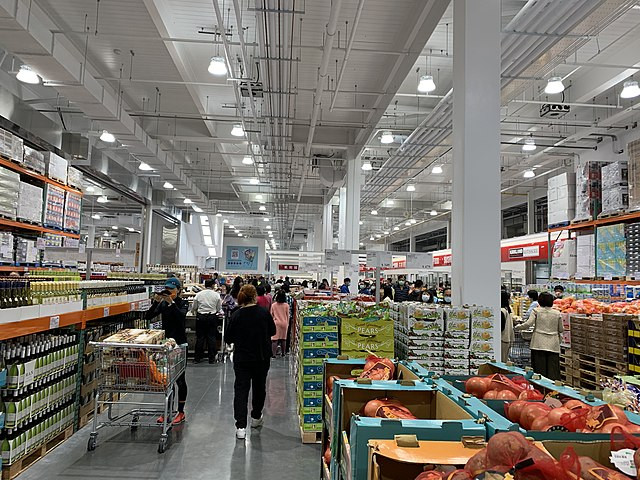Wholesale prices in the United States fell unexpectedly by 0.4% in March, according to Bureau of Labor Statistics data released Friday, offering a potentially favorable inflation snapshot just as President Donald Trump's sweeping tariff hikes begin to take effect. The decline in the Producer Price Index (PPI), a key gauge of pipeline inflation, came as economists had forecast a 0.2% increase.
The March drop marked the first monthly decline in wholesale prices since October 2023 and was driven primarily by an 11.1% decrease in gasoline prices. Overall goods prices fell 0.9%, while services slipped 0.2%, contributing to the broader pullback in inflation pressures.
Core PPI, which excludes food and energy, also declined by 0.1%-below expectations for a 0.3% rise. A narrower index that removes food, energy, and trade services ticked up 0.1%.
While the month-over-month data appeared encouraging, annual price growth still remained elevated. The headline PPI rose 2.7% from a year ago, and the core reading excluding food, energy, and trade services stood at 3.4%, above the Federal Reserve's 2% inflation target.
President Trump has introduced a series of aggressive trade policies in recent weeks, imposing a 10% across-the-board tariff on all imports and raising duties on Chinese goods to 145%. The White House also activated a 90-day pause on reciprocal tariffs for other trading partners, a decision seen by analysts as an attempt to relieve market pressure while leaving China isolated.
Markets reacted positively to the PPI report, with Treasury yields rising and stock futures climbing in early trading.
Wholesale iron and steel mill prices surged 7.1% in March, the largest monthly increase since April 2021. Analysts cited rising input costs and expectations of supply disruptions from tariffs on steel and aluminum imports, which took effect March 12.
Energy prices played a major role in the March PPI print. The energy index for final demand fell 4%, weighed down by falling oil prices amid global economic uncertainty and excess supply.
Food prices also declined, with wholesale food costs dropping 2.1% in March. Core inflation, often viewed as a more stable metric, has now slowed to an annual rate of 3.3%, its lowest since September.
Thursday's Consumer Price Index (CPI) report similarly pointed to softening inflation, with headline CPI down 0.1% and the annual rate easing to 2.4%. The core CPI, which excludes food and energy, dipped to 2.8%-its lowest level in four years.






